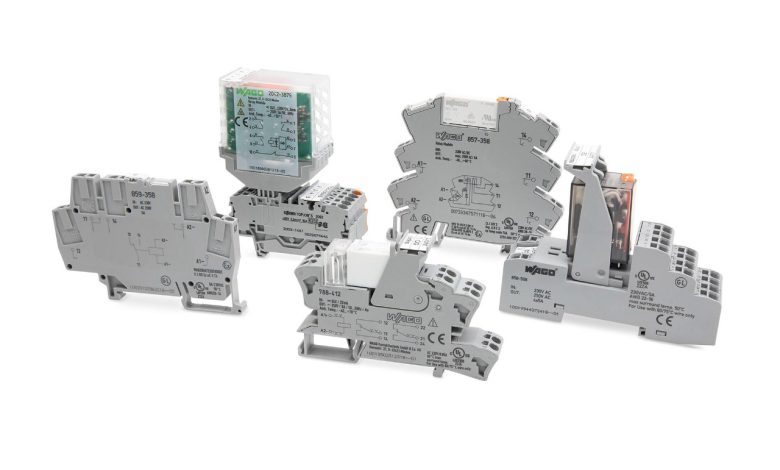Difference between relay and relay module

Last Updated on April 1, 2024 by Nasir Hanif
Relays are essential components in electrical automation systems, whether industrial or home. The relay was invented in 1835 by American electromagnetism scientist Joseph Henry. It is a remote switch controlled by current, magnetism, or temperature.
What is a relay?
It is an electrical switch that opens and closes circuits electromechanically or electronically. Relays perform different tasks in industrial control applications such as switching, separating, amplifying, multiplying, etc. Relays are of essentially two types electromechanical (EMR) and solid-state (SSR). Both types of relays remain immensely popular. However, the usage totally depends on the electrical requirements of the consumer.
It functions on the principle of electromagnetic attraction. In EMR, contacts open or close by magnetic force, while in SSR, switching happens electrically and does not contain contacts.
When the relay circuit senses the fault current, it energizes the electromagnetic field, which produces a temporary magnetic field. It permits the transferable contacts to make or break a connection with the fixed connection. When the relay is de-energized, closed contacts automatically start and break the connection and vice versa. While the small-power relay contains only one contact, the high-power relay includes two contacts for opening the switch.
What is a relay module?
However, the relay module is different from the relay. A relay module comes with an array of one or more relays.
EMR vs. SSR
EMR:
These relays are developed with electrical, mechanical, and magnetic components. They are created with a coil that generates a magnetic field when energized. This magnetic field attracts the armature, which closes or opens the contacts.
SSR:
Solid-state relays are circuits with various electronic components that have the same operation as the earlier Electromechanical relay. They use solid-state elements to execute the switching process without any moving parts.
Parts of Electromechanical Relay
An electromechanical relay comprises a wire loop folded over a soft iron core, or solenoid, an iron yoke that delivers a low reluctance path for magnetic motion, a flexible iron armature, and sets of contacts.
Frame
Coil
Armature
Contacts
Parts of SSR
Input circuit
Optocoupler
Output driver circuits
Semiconductor switching devices
Types of Electromechanical Relays
General Purpose Relays
Reed Relays
Machine Control Relays
Types of Solid-State Relays
Zero-Switching Relays
Instant On Relays
Peak Switching Relays
Analog Switching Relays
Functions of Relay
The relay module comprises three high voltage terminals on one side: Normally Closed (NC), Common terminal (C), and Normally Open (NO). These terminals attach to the device that you want to handle. The other side also has three low voltage pins, Ground, Vcc, and Signal, that join Arduino.
Relay applications
Lighting control systems
Home appliances
Telecommunication
Industrial process controllers
Traffic control
Motor drives control
Protection systems of electrical power system
Computer interfaces
Automotive
Channel Types
Single Channel Relays
Dual-Channel Relay Module
Four-Channel Relay
8-Channel Relay Module
Conclusion
Relays and relay modules are used to control a circuit by an independent low-power signal or several circuits by one signal. So, it is important to choose between relay and relay modules per needs.


